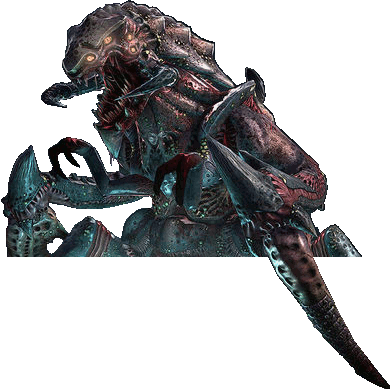Old/Technical Documentation
 |
Page out of date |
| |
Deprecated page |
Contents
About the Dæmon engine
The Dæmon engine is part of the grand family of Quake engines, having started as an heavily modified Quake3. It started with the big improvements to the renderer made by XReal and ET:Xreal, then the Dæmon developers developed it further, making it the most advanced open-source Quake-derived engine.
- lineage picture
Originally it was being developed as the engine for the Unvanquished, the succesor of Tremulous, a new release of Dæmon coming out every month with the corresponding Unvanquished Alpha. Other games are currently looking at using it as their engine.
The most important features are:
- A modern renderer with shadows, skeletal models and post-processing effectsoul
- NaCl-based virtual machines which allows C++ in the gamelogic
- A somewhat clean C++ codebase (vs. the mess of C we inherited)
While the Quake 3 engine has originally been released under the GPLv2, we want to have Dæmon completely licensed under a 3-clause BSD which means that new files should use that license and that rewrites of subsystem should be made from scratch as much as possible;
Getting started
Dæmon's master source code has its own repository hosted on DæmonEngine organization on Github but it's usually built as Unvanquished submodule. After building the engine you will get three executables:
- daemon, the graphical client that the players use
- daemon-tty, a command line client that can be used for development and server administration
- daemonded, the server
There are not usable on their own, without a game to run on top but if you built it from, inside a game's repository you should be able to run daemon to start the engine. The engine accepts a number of command line flags to specify in which directories it will find the assets, as well as to set variables or run commands at startup.
Architecture
Like Quake 3 our engine runs the gamelogic inside a virtual machine so that by simply connecting to a server and downloading some assets, a whole different game can be played. However, because of the technology underlying them, the virtual machines run in a different process than the engine and can only communicate through IPC (InterProcess Communication) such as sockets and shared memory. This forces some architectural choice like having a command buffer for VM-engine communication, and is in stark contrast to Quake 3 in which the gamelogic was run in an interpreter in the engine process.
The client-server communication still follows the Quake 3 model of buffering entity snapshots to be played on the client side and likewise the renderer buffers all graphics commands to process them on another core. All this buffering is explained in more detail in the architecture page. It is to be noted that since the gamelogic is in its own process, we can kill it safely: non-fatal errors simply shut down the gamelogic and return to the main menu.
The source code is arganized as follows:
- CMakeList.txt: build system main file
- cmake: additional build system files
- external_deps: binaries needed to compile and run the game, downloaded on the first compilation
- libs: external libraries
- src
- common: source files compiled both in the gamelogic and the engine
- cm: Quake 3's collision model or physics
- IPC: InterProcess Communication library
- math: our math library
- engine
- audio
- botlib: pathfinding library for the bots
- client: other files specific to the client-side engine
- framework: utilities used by both the client-side and the server-side engine
- null: noop interfaces for a number of subsystem
- qcommon: like framework, but containing only legacy files
- renderer: the biggest part of the engine
- server: files specific to the client-side engine
- sys: system support files that haven't been moved in framwork yet
- shared: support code to be used in the gamelogic only
- common: source files compiled both in the gamelogic and the engine
Development workflow
- When changing the engine
- When developing the gamelogic
- When changing assets
Coding inside Daemon
- Code in common
- Command
- Cvar
- Filesystem
- Log
- Math
- System
- IPC / writing a new syscall
Other
- References
- Nacl

